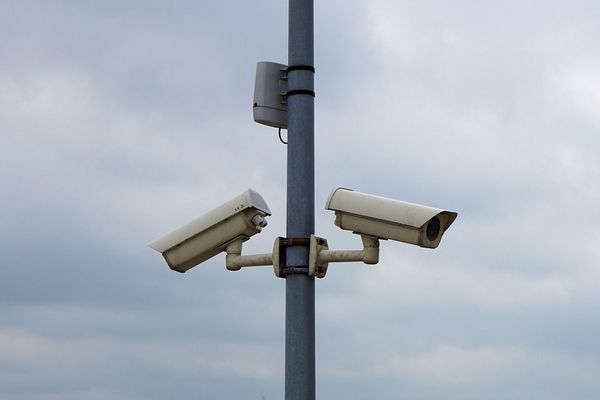
President-elect Donald Trump's mass deportation plans have migrant advocates across the country pressuring local and state entities to provide legal protections for undocumented communities within their jurisdictions.
This is the situation in Los Angeles, where city council members unanimously voted in favor of adopting a sanctuary city ordinance on Tuesday. The local measure prohibits the use of city resources to assist federal enforcement of immigration laws.
Advocates who pushed for the ordinance claimed it would protect immigrant communities from family separation, discrimination, and "unimaginable cruelty." Those who opposed the ordinance argued it would shield undocumented criminals and allow them to reoffend.
Border Czar's Response
Trump's returning border czar, Thomas Homan, was recently asked by Fox News to address Democratic leaders adopting sanctuary measures ahead of Trump's inauguration. The former ICE director told them to "get the hell out of the way" because the deportations would happen regardless.
"If I've got to send twice the amount of resources to that city, that's what I'm going to do," he warned, adding that city officials would "hurt themselves" by refusing to cooperate, as their opposition would result in more ICE agents being deployed to their communities.
Migrant Sanctuaries Across the U.S.
As of November, sanctuary policies are in place across 13 states, including California, Colorado, Illinois, and New York, as well as the District of Columbia, per the Center for Immigration Studies. Additionally, around 215 cities and counties have adopted similar measures. Major cities like Los Angeles, New York City, and Atlanta are among those offering a safe haven to undocumented migrants.
What Does Sanctuary Status Mean?
Sanctuary cities or states have written or unwritten agreements that protect undocumented immigrants from deportation or prosecution, sometimes going against federal or state-level mandates.
The term is used to describe municipalities that discourage local law enforcement from apprehending or reporting undocumented immigrants to ICE unless they are involved in a serious crime. Such agreement can come in the form of a law, announcement, local ordinance, or proclamation.
Cities without sanctuary policies usually detain undocumented immigrants and report them to ICE. The federal agency then seeks a warrant for deportation. During the deportation process, the undocumented individual usually remains in a local jail or gets transferred to a federal prison. Sanctuary cities prohibit the use of their local law enforcement and jails to aid federal immigration agents.
Deportations in Sanctuary Cities
While federal and state agents can still enforce federal immigration policies that lead to detention and deportation in sanctuary cities, undocumented immigrants are unlikely to be targeted by local law enforcement officials.
Immigration raids can still happen though, as federal law is still enforceable by federal, state-level, and county agents.
A sanctuary city's success often depends on cooperation with state and county leaders. For example, it is easier for a city in California to implement sanctuary policies because the state has also adopted state-level sanctuary status. In red states like Texas, on the other hand, progressive cities often have a hard time protecting undocumented communities due to state-level backlash against jurisdictions that claim sanctuary status.
Safety in Sanctuary Cities
Many local leaders in sanctuary cities refuse to deputize their officers as federal agents, arguing that it diverts resources from addressing serious crime and jeopardizes community safety.
Supporting such claims, a 2022 study by the University of Texas, which analyzed crime levels before and after counties adopted sanctuary status, comparing them to counties without such policies. The findings showed that both property crime and violent crime declined more significantly in sanctuary counties than in non-sanctuary counties.
Researchers attributed the findings to improved political integration of immigrant communities, which fostered greater social cohesion in areas where sanctuary policies were adopted.
Sanctuary Cities and Trump 2024
According to the Thomson Reuters Foundation, incoming President Donald Trump could pressure sanctuary jurisdictions through federal and state-level actions. In fact, Republicans in Congress have already proposed penalties, such as the No Bailout for Sanctuary Cities Act, which would restrict federal funding for sanctuary cities.
During his second term, the Trump administration may also require local governments to cooperate with federal immigration enforcement to access grants like the $291 million Justice Assistance Program.
Additionally, some states have already enacted laws to prevent local authorities from obstructing immigration actions. Democratic leaders, in California, Arizona, and Massachusetts have acknowledged the likelihood of significant federal pressure while pledging to protect their immigrant communities.







